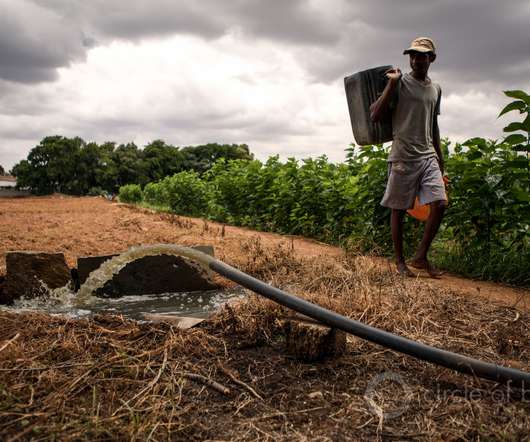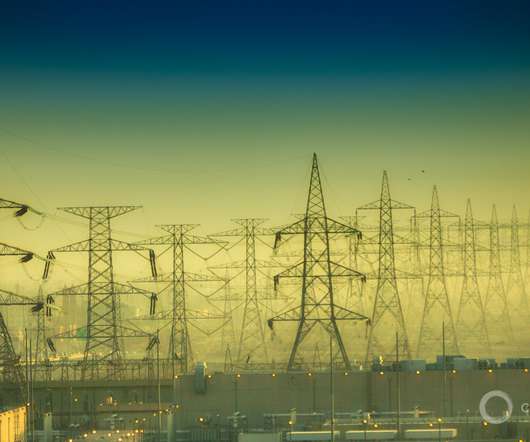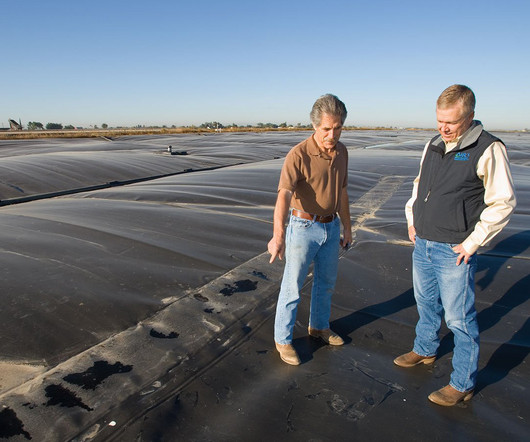What’s Up With Water – September 27, 2021
Circle of Blue
SEPTEMBER 27, 2021
Coal power, from mining to generation, is among the thirstiest and most polluting ways to produce electricity. Two sturdy and growing sources of renewable energy, wind turbines and solar power, use negligible amounts of water. And the move has another, less obvious dividend: easing the strain on water. It is already 1.1












Let's personalize your content